PP (Polypropylene) Filament is a new semi crystalline thermoplastic used in Fused Filament Fabrication (FFF).
PP (Polypropylene) Filament is a homopolymer and has wonderful properties that make it a useful plastic. Polypropylene has a high level of flexibility yet has great toughness meaning it is elastic without being too soft. Polypropylene is resistant to many chemicals and has a high resistance to electricity making it useful in electronic components.
The versatile polypropylene is a plastic used in our everyday lives in the form of packaging, labeling, lab equipment, stationery, and more. One of the most beneficial uses of polypropylene is to create food safe containers because polypropylene is odorless and nontoxic.
Temperature Specifications
Extrusion temperature for polypropylene filament is 230-260°C.
Build Platform
Polypropylene (Recommended) – Naturally, polypropylene filament will stick well to a surface made out of polypropylene. The cheapest and easiest solution is to use clear packing tape made out of polypropylene. Most packing tapes are made out of polypropylene, although some packing tapes are made out of polyester, which will not work. Please simply make sure you are using packing tape made out of polypropylene. The build plate should be heated between 60°C to 110°C with an optimal temperature of 60°C.
Printing Considerations
Polypropylene has a considerable amount of warp, more than ABS. Printing with a raft well help combat curling and warping.
Polypropylene Filament Sizes and Colors
There are currently 2 different color options for PP filament.
- Black
- White
PP Application
PP is often used for packaging due to its flexibility and fatigue resistance. It is a great material for storage containers. PP is suitable for caps or lids with living hinges for example, which are often opened and closed.
Check our Instagram page for more updates and what products are being created using PP 3D Filament.
COMMON USES OF POLYPROPYLENE
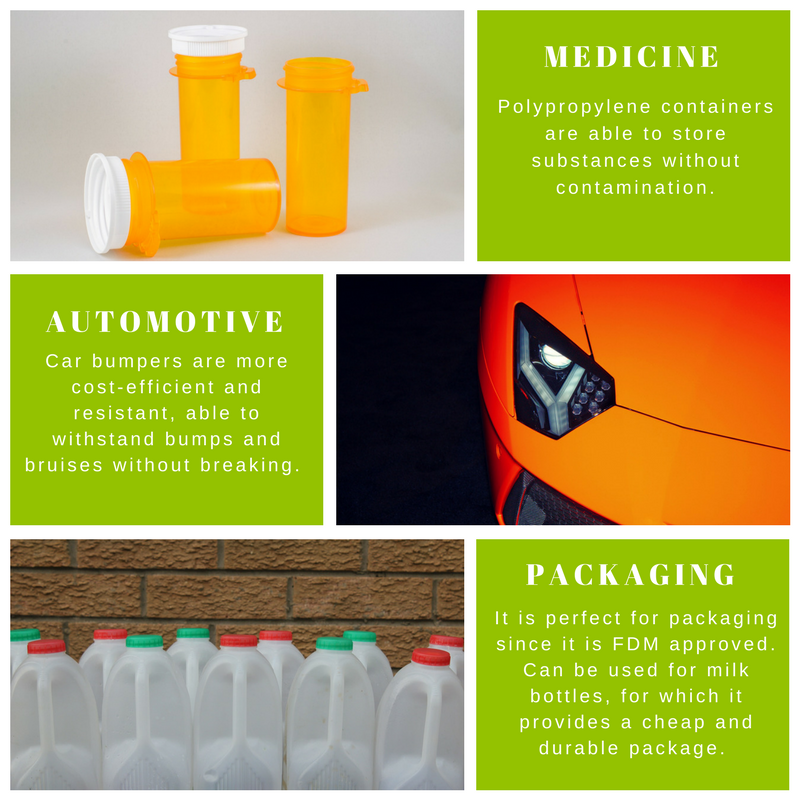
POLYPROPYLENE PROPERTIES
Polypropylene is one of the most appealing types of plastic in the industry. It has impressive properties, including but not limited to:
- Chemical resistance
Polypropylene is well-known for its ability to survive in such chemical conditions which other plastics cannot stand. It can resist acetone, chloride, boric acid, nickel carbonate, nickel sulfamate, Hydrochloric acid, and other chemicals like acids, alkalis, and organic solvents. It makes the material suitable for applications that require interaction with chemicals.
- More prone to bending & better resist deformation under load than PLA
PP has a larger tendency to bend compared to PLA and it can better resist deformation under load. This allows Polypropylene to be used in conditions that assume additional bending (e.g., plastic lid for Tic Tak).
- Lightweight
Polypropylene has the lowest density out of all commonly used in manufacturing plastics, which makes it very light. Thus, more parts could be produced out from the same amount of PP compared to, for example, PLA.
- Better strength to weight ratio
Although Polypropylene has lower weight, it is prone to bending and can withstand higher loads. This combination results in the material having a better strength to weight ratio compared to its counterparts.
- Low melting point
Despite the abovementioned pros of the polypropylene, it still has some pitfalls. The biggest of them refers to its heat resistance. Polypropylene has a low melting point (160 °C) and does not work well in an environment that requires high heat resistance.
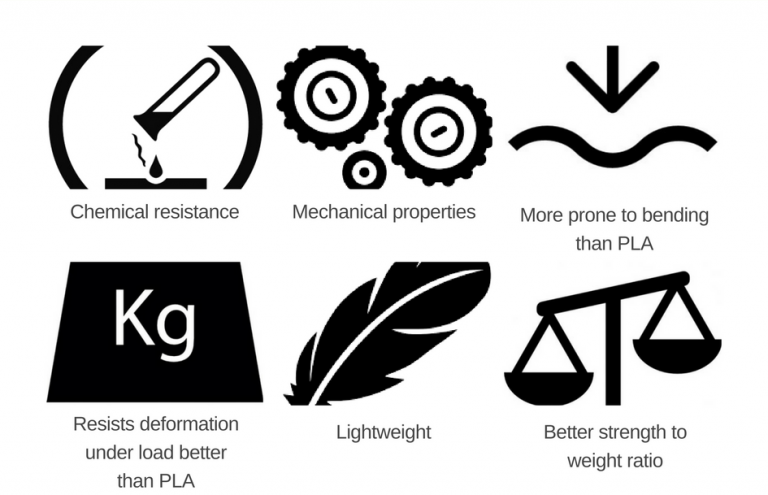


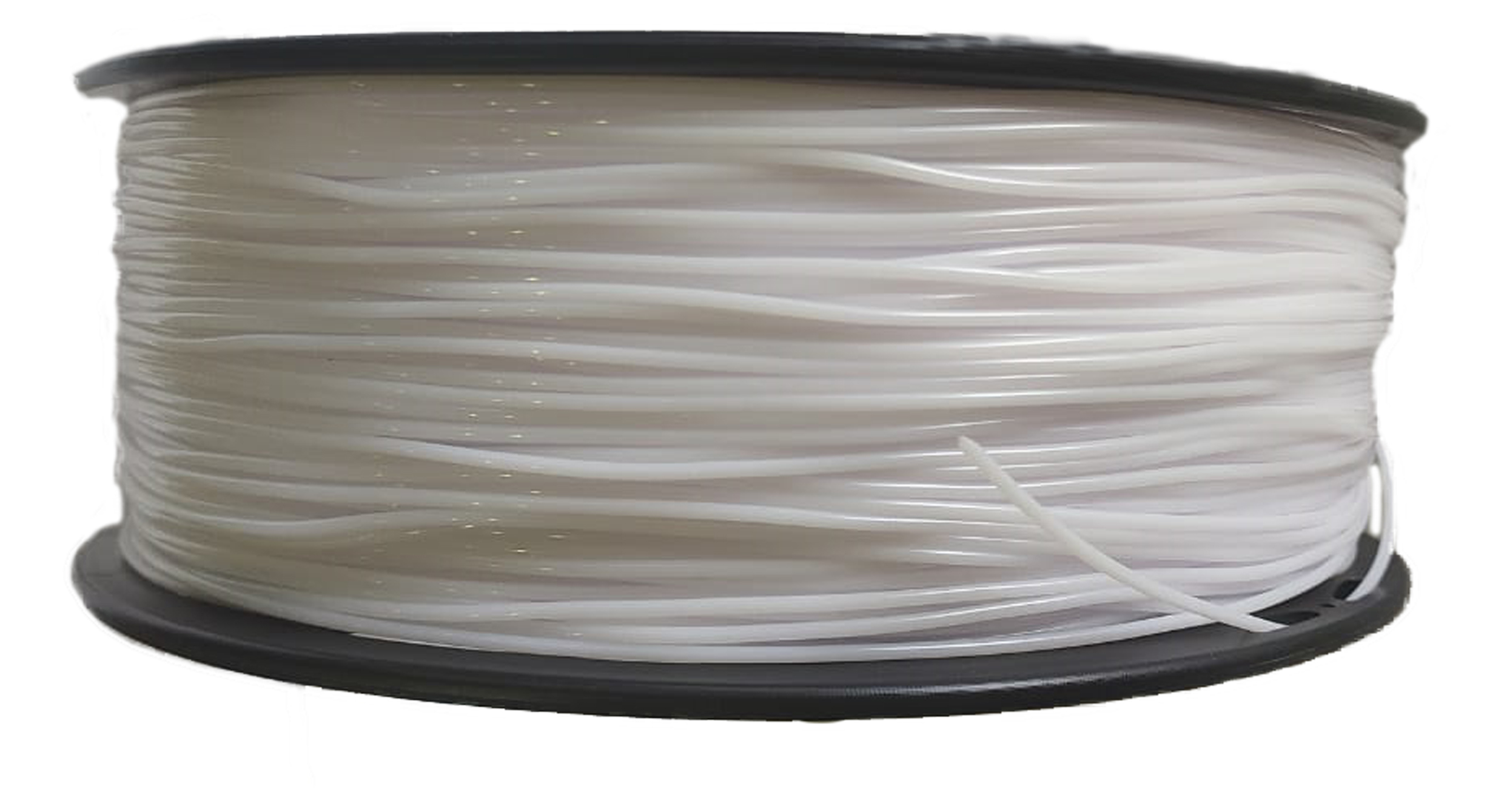

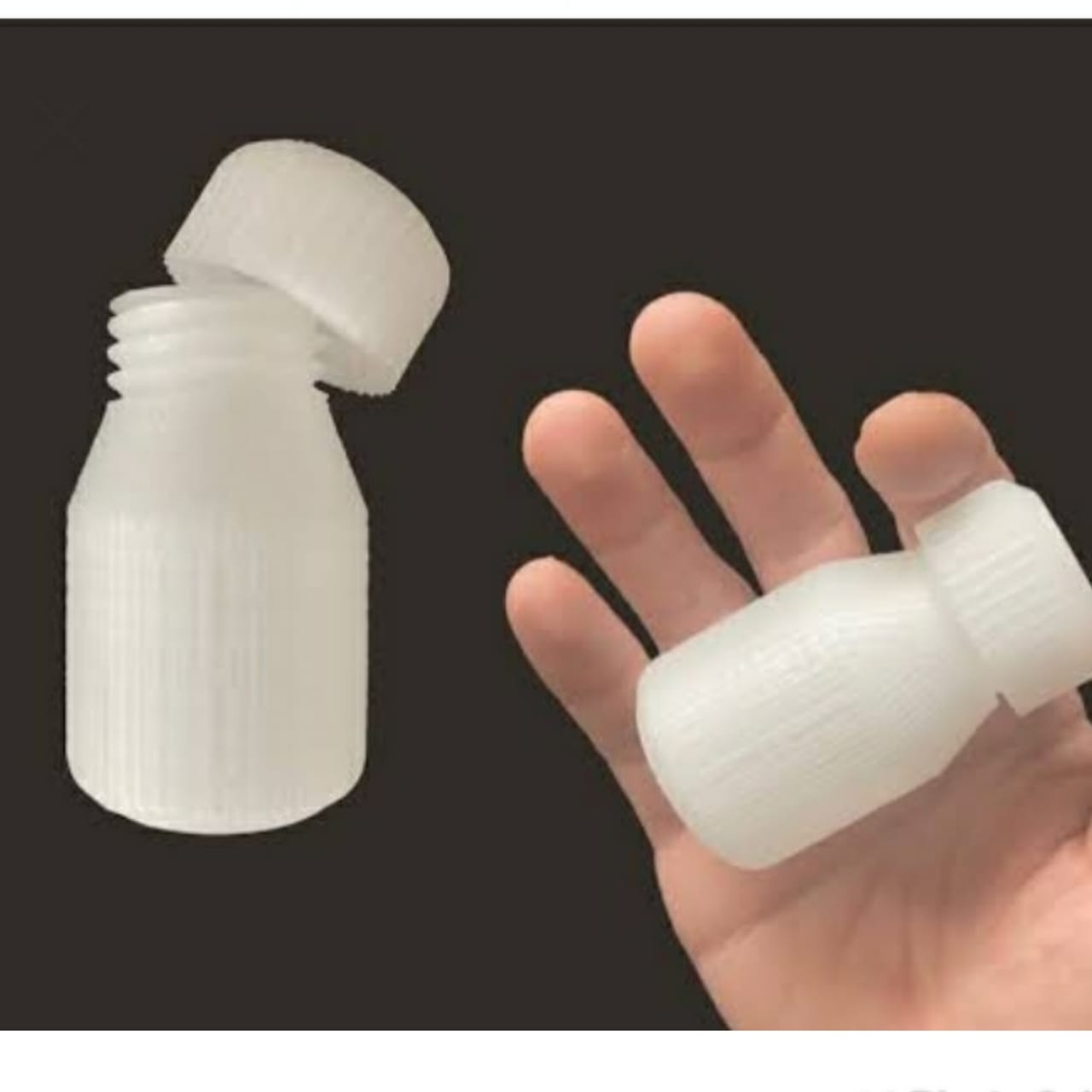
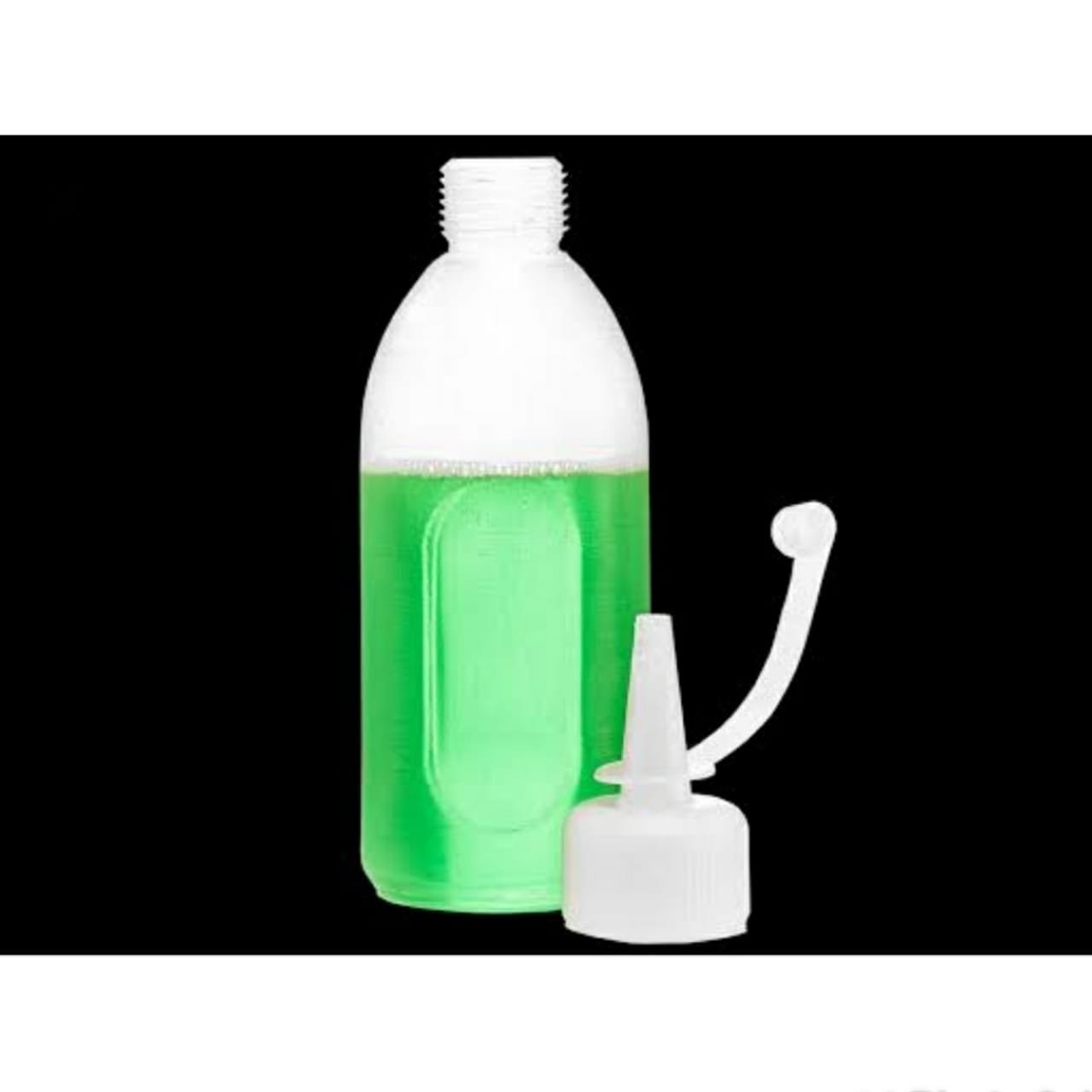
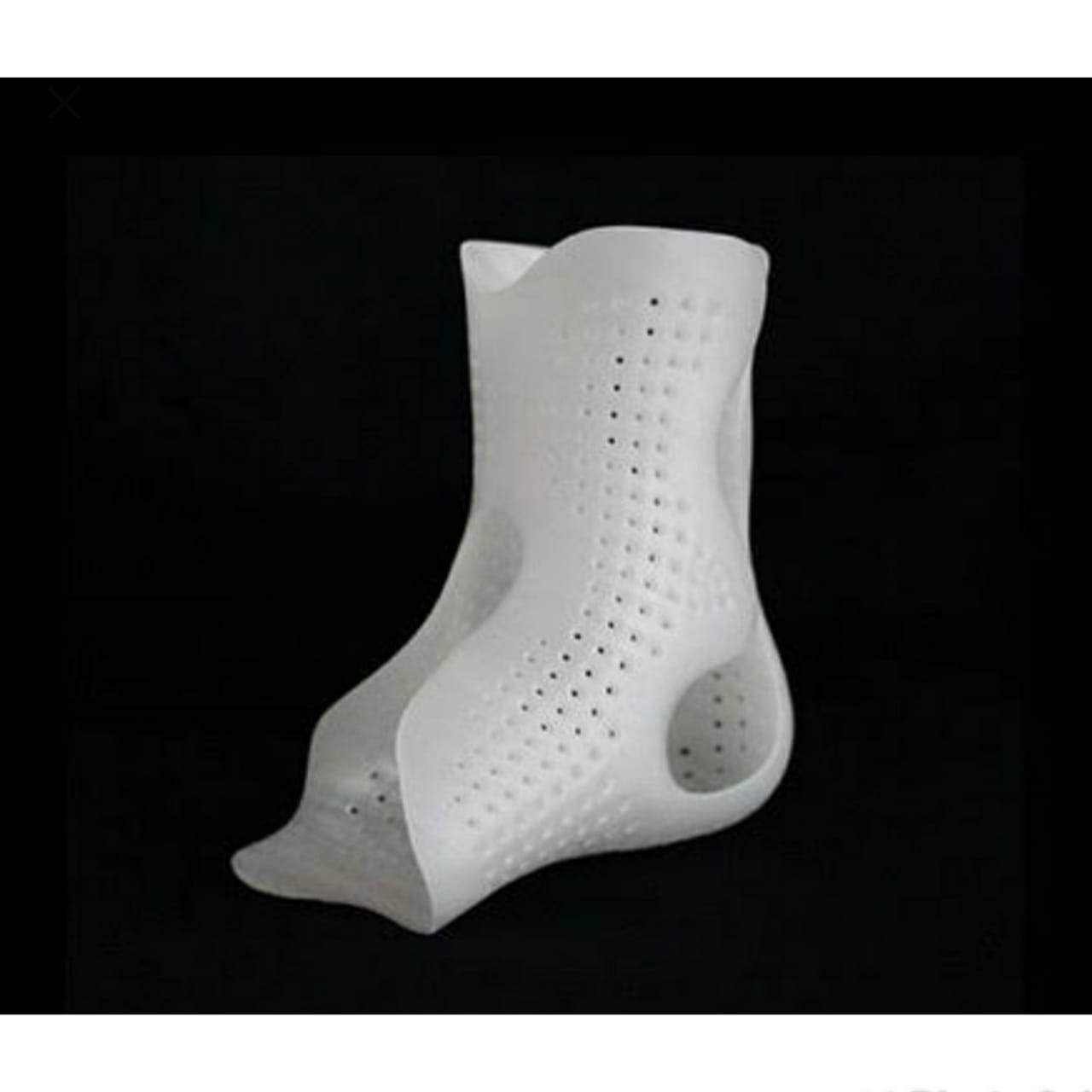

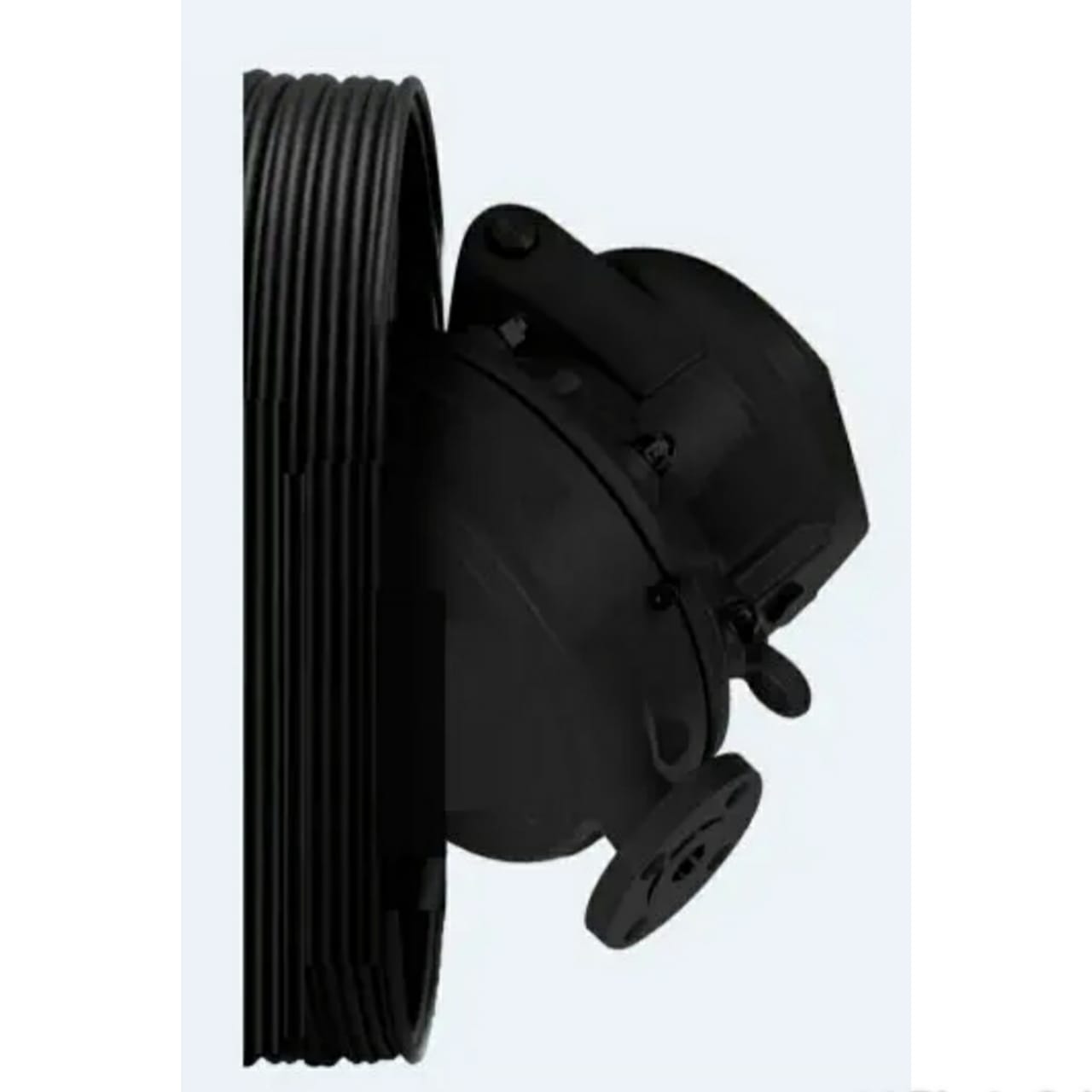








Reviews
There are no reviews yet.